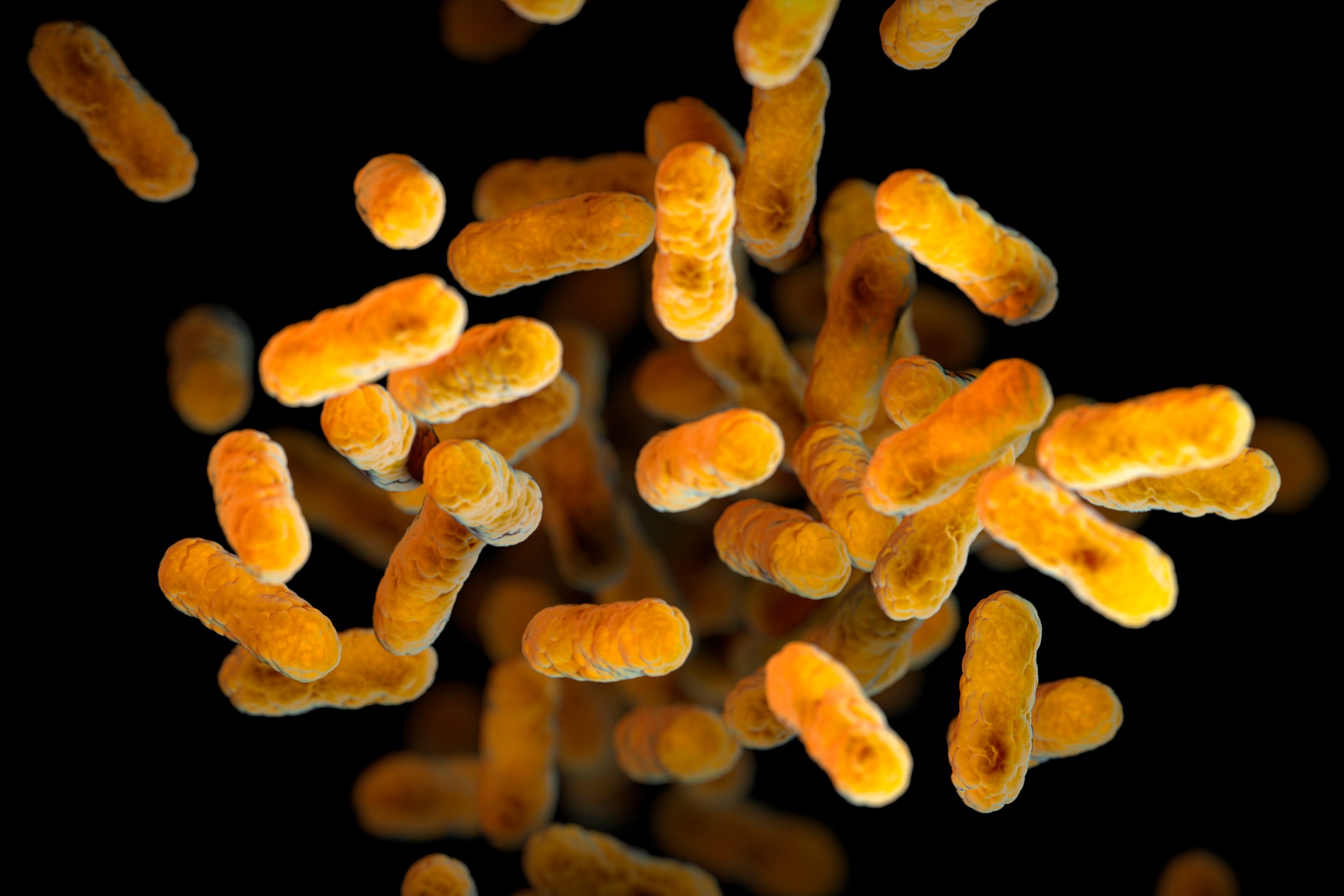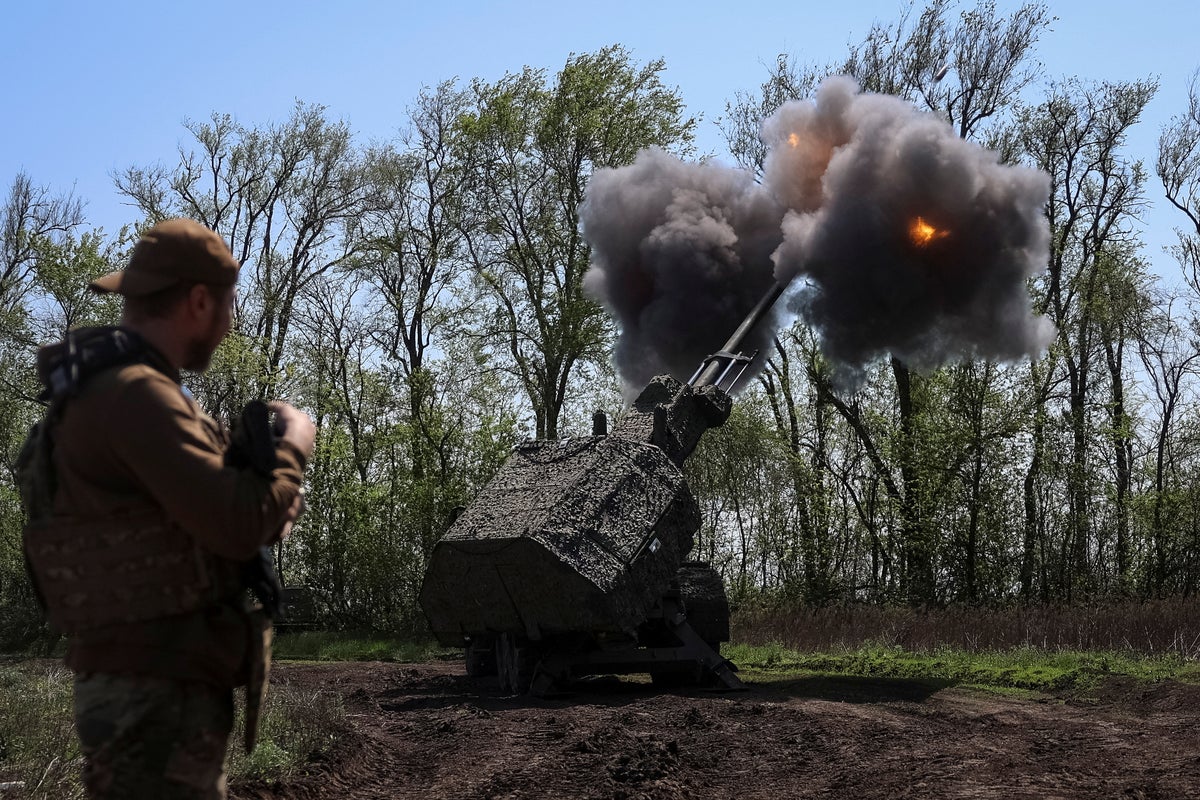Whooping cough cases are surging in the United States, prompting concerns among health officials about another challenging year combatting the disease.
Preliminary data from the U.S. Centers for Disease Control and Prevention (CDC) recorded 8,485 whooping cough cases in 2025, twice as many as the same period last year.
Rates of whooping cough, or pertussis, soared last year, a trend experts anticipated due to relaxed COVID-19 measures like masking and social distancing, coupled with the cyclical nature of the illness, which typically peaks every two to five years.
But experts say the outbreaks of vaccine-preventable illnesses, like measles and whooping cough, could be indicative of changing attitudes toward vaccines.
U.S. kindergarten vaccination rates fell last year, and the number of children with vaccine exemptions hit an all-time high.
“There’s unfortunately been increasing anti-vaccine sentiment in the United States,” said Dr. Ericka Hayes at the Children’s Hospital of Philadelphia. “Our recovery is not nearly as quick as we expected it to be and we needed it to be. And again, when you fall below 95 percent for vaccinations, you lose that herd immunity protection.”

Whooping cough tends to peak around this time of year and in the fall. It's usually spread through respiratory droplets in the air, when people with pertussis cough, sneeze or breathe close to others. The symptoms are similar to a cold but the cough becomes increasingly severe with a distinctive sound — a “whoop” as the person tries to take in air. It is treated with antibiotics.
In the past six months, two babies in Louisiana and a five-year-old in Washington state have died from whooping cough.
The pertussis vaccine, which also protects against diphtheria and tetanus, is given at two months, four months and six months.
The CDC recommends adults get follow-up doses every 10 years.
The illness is most dangerous for infants, especially before they receive their first round of vaccinations. That’s why the vaccine is also recommended for expecting mothers — it can protect newborns. But not enough people are getting the vaccine during pregnancy, said Hayes, who is the hospital's senior medical director of infection prevention and control.
“The uptake of the vaccine for pregnant mothers is not where we need to be at all," she said.
Symptoms of whooping cough
CDC
Early symptoms
- Runny or stuffy nose
- Low-grade fever (less than 100.4°F)
- Mild, occasional cough
Later symptoms
- Make a high-pitched "whoop" when they inhale after a coughing fit
- Vomit during or after coughing fits
- Feel very tired after the fit, but usually seem well in between fits
- Have difficulty sleeping at night
- Struggle to breathe
- Fracture (break) a rib
Pennsylvania, one of the states hit hardest by the illness last year, has recorded 207 whooping cough cases in 2025.
Neil Ruhland, a state health department spokesman, said the biggest increases are in populated areas like Philadelphia and Pittsburgh and in middle and high schools and colleges. He said 94.6 percent of the state's kindergarteners are vaccinated.
Michigan is on track for a similar pertussis season to last year's, said Dr. Natasha Bagdasarian, the state's chief medical executive. The state has recorded 516 cases thus far, mostly among children aged 5 to 17, and saw a total of 2,081 cases in 2024.
Bagdasarian said vaccination rates vary from county to county. Some schools have rates as low as 30 percent, creating pockets of vulnerable communities to vaccine-preventable diseases like pertussis and measles, she said.
“We’re watching pertussis numbers very carefully, but a lot of our resources are going into contact tracing our measles cases right now,” she said. “And public health is doing much more with fewer resources in 2025 than we’ve had to do before."

 5 hours ago
7
5 hours ago
7







